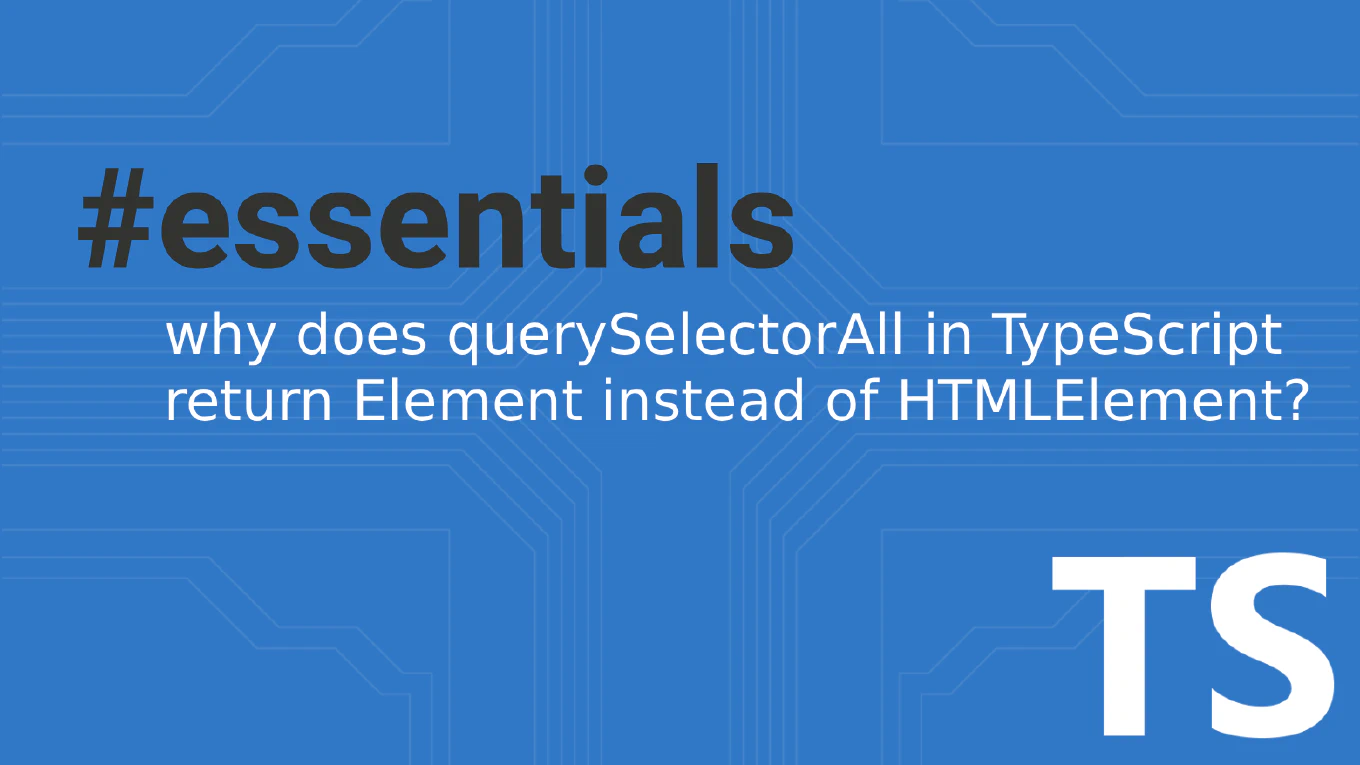How to handle checkboxes in Vue
Handling checkbox inputs is essential for building interactive forms, settings panels, and selection interfaces in Vue applications.
As the creator of CoreUI, a widely used open-source UI library, I’ve implemented checkbox controls in countless Vue components over 25 years of development.
From my expertise, the most effective approach is using the v-model directive, which provides automatic two-way data binding between checkbox state and component data.
This creates reactive forms that update immediately when users interact with checkboxes.
Use v-model to bind checkbox state to reactive data properties.
<template>
<input type="checkbox" v-model="isChecked" />
<p>{{ isChecked }}</p>
</template>
<script>
export default {
data() {
return { isChecked: false }
}
}
</script>
Here v-model="isChecked" creates two-way binding between the checkbox and the isChecked data property. When users check or uncheck the box, Vue automatically updates the data property. The paragraph displays the current boolean value, demonstrating the reactive connection between UI state and component data.
Best Practice Note:
This is the same checkbox handling pattern we use in CoreUI Vue components for settings and form controls.
For multiple checkboxes with the same name, bind to an array with v-model to collect all selected values automatically.







